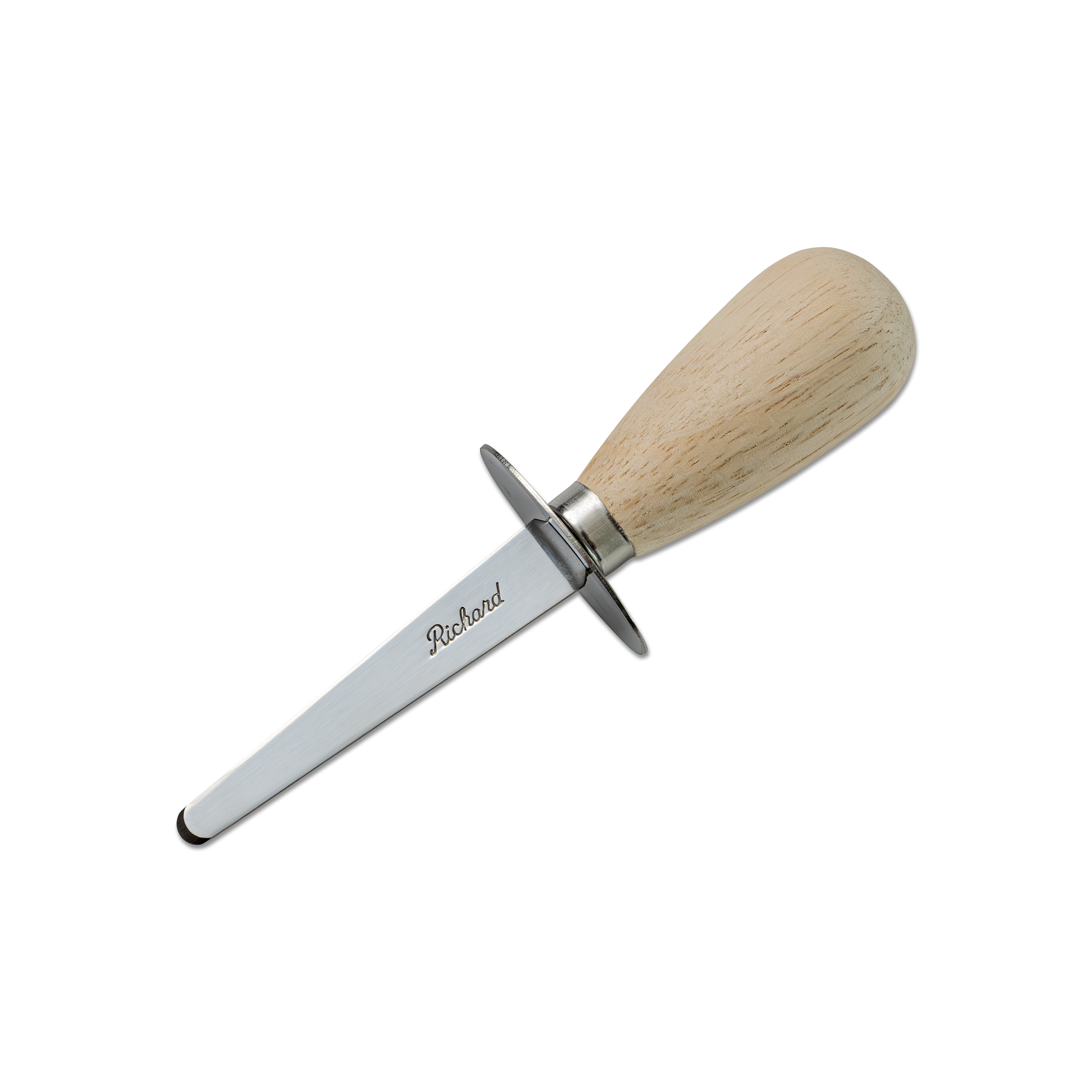Menu
PETTY (PAIRING)
Price
$0
$719.91
Knife Type
Composition
Steel Type
Blade Length
Finish
Yu Kurosaki Shizuku R2 Petty 120 mm


Quick View
10% off


Yu Kurosaki Shizuku R2 Petty 120 mm
- Sale price
- $325.08
- Regular price
- $361.20
Takeshi Saji Rainbow Damascus Petty 130 mm


Quick View
11% off


Takeshi Saji Rainbow Damascus Petty 130 mm
- Sale price
- $481.45
- Regular price
- $534.95
Tosaichi Sakon Ginga Octa-Grip Petty 135 mm


Quick View
20% off


Tosaichi Sakon Ginga Octa-Grip Petty 135 mm
- Sale price
- $107.96
- Regular price
- $134.95
Shiro Kamo Petty 135 mm
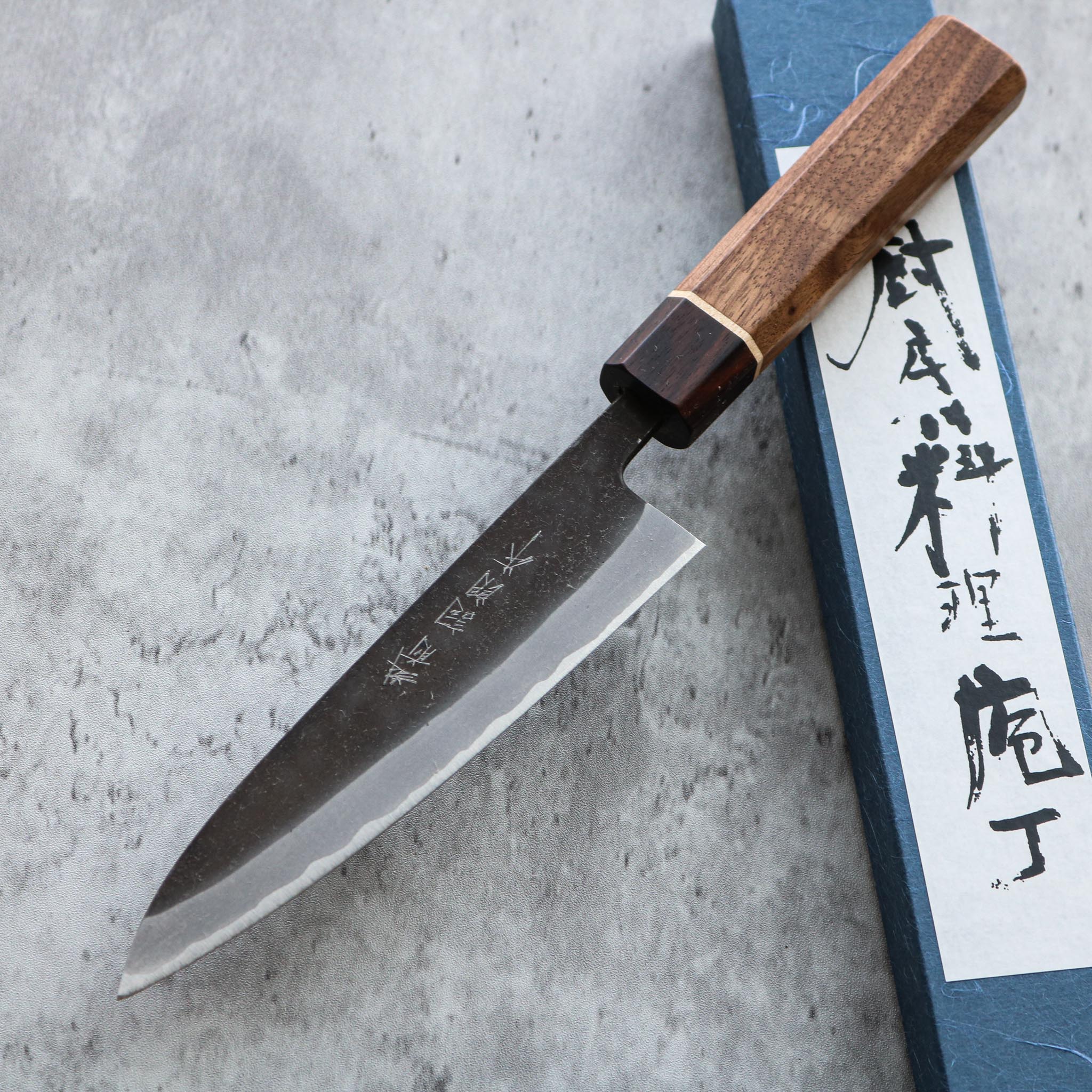
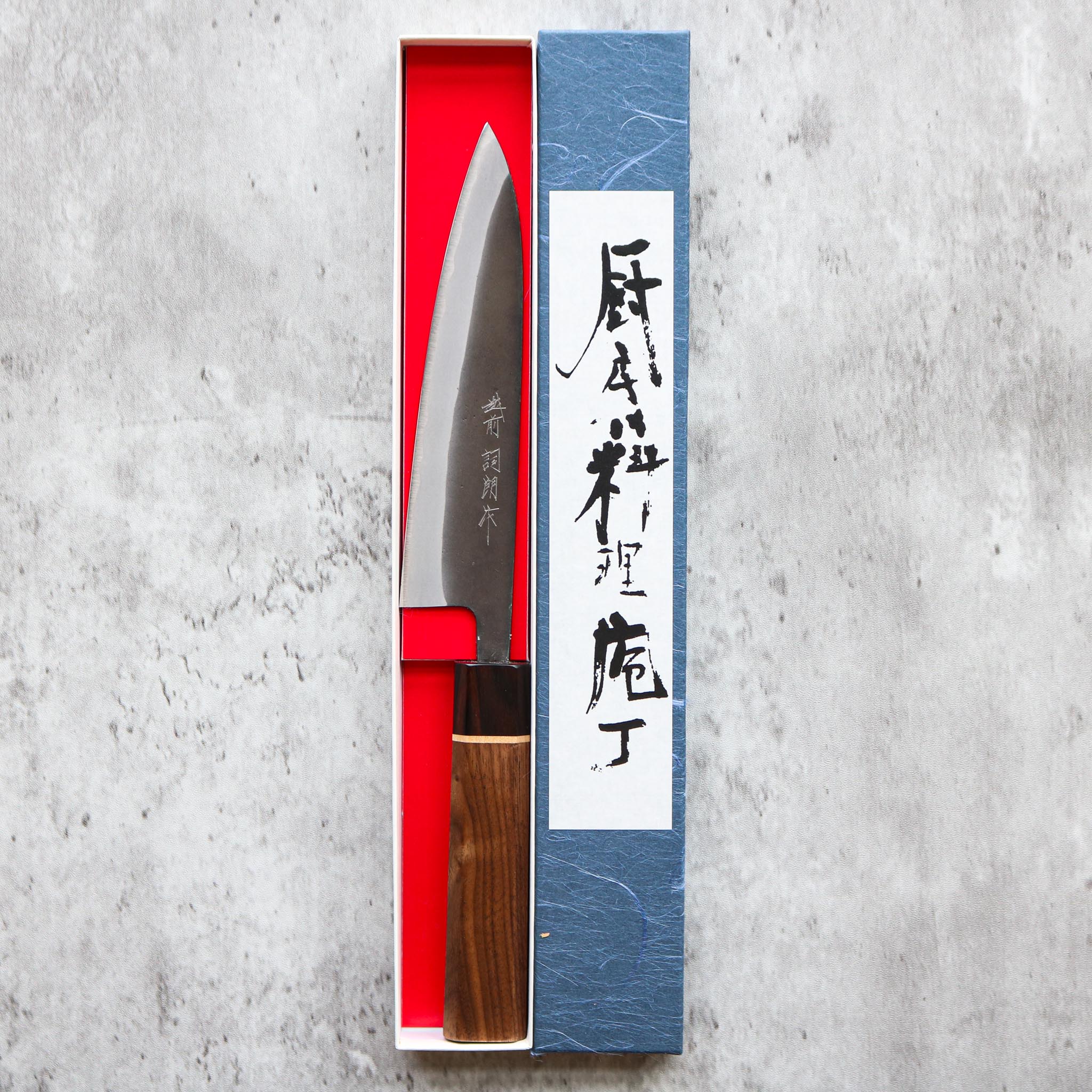
Quick View
6% off


Shiro Kamo Petty 135 mm
- Sale price
- $169.95
- Regular price
- $179.95
Tsunehisa Tsuchime Petty 135 mm

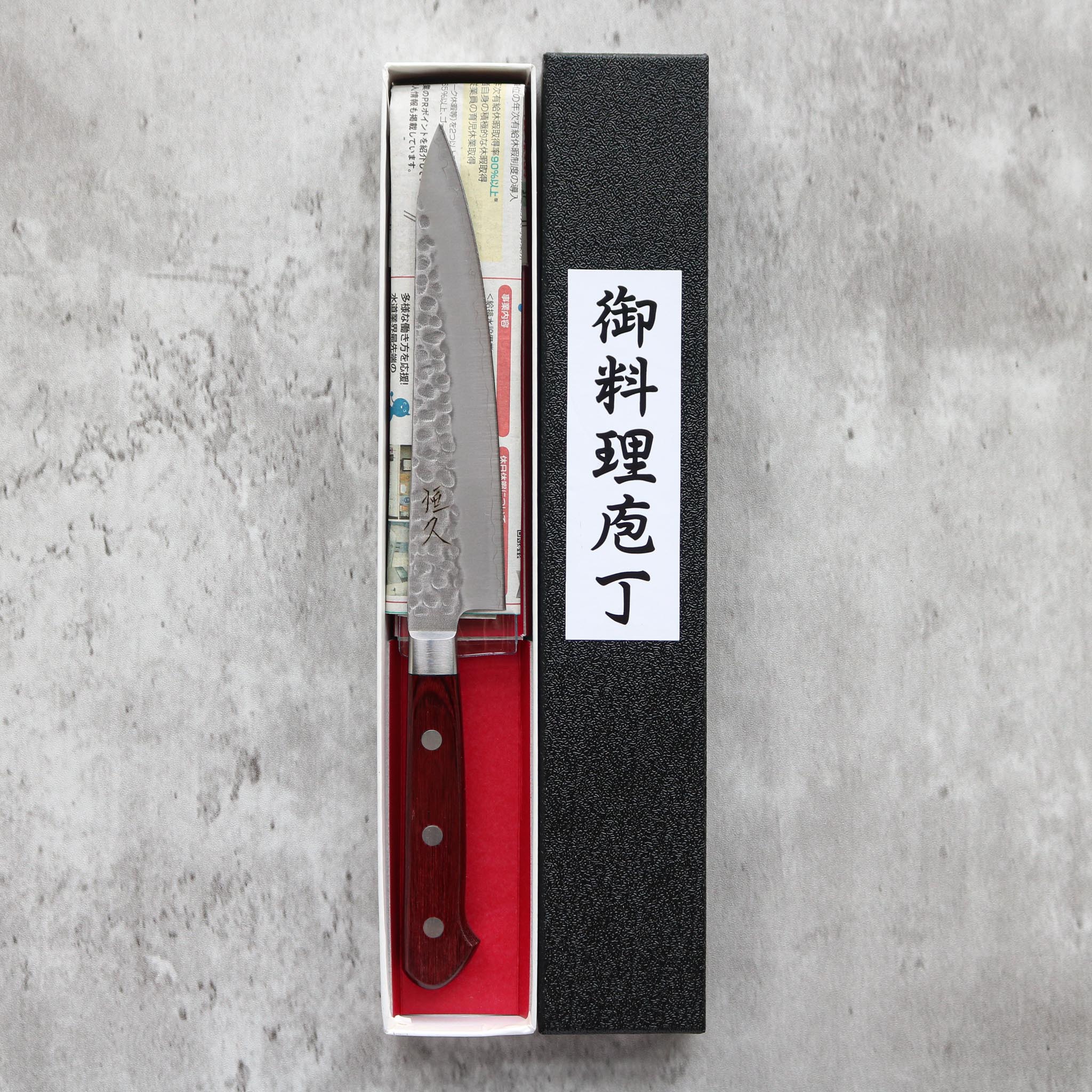
Quick View
18% off


Tsunehisa Tsuchime Petty 135 mm
- Sale price
- $111.95
- Regular price
- $134.95
Kenshiro Hatono Black Damascus Petty 135 mm


Quick View
11% off


Kenshiro Hatono Black Damascus Petty 135 mm
- Sale price
- $328.45
- Regular price
- $364.95
Tsunehisa Damascus AUS-10 135mm Petty

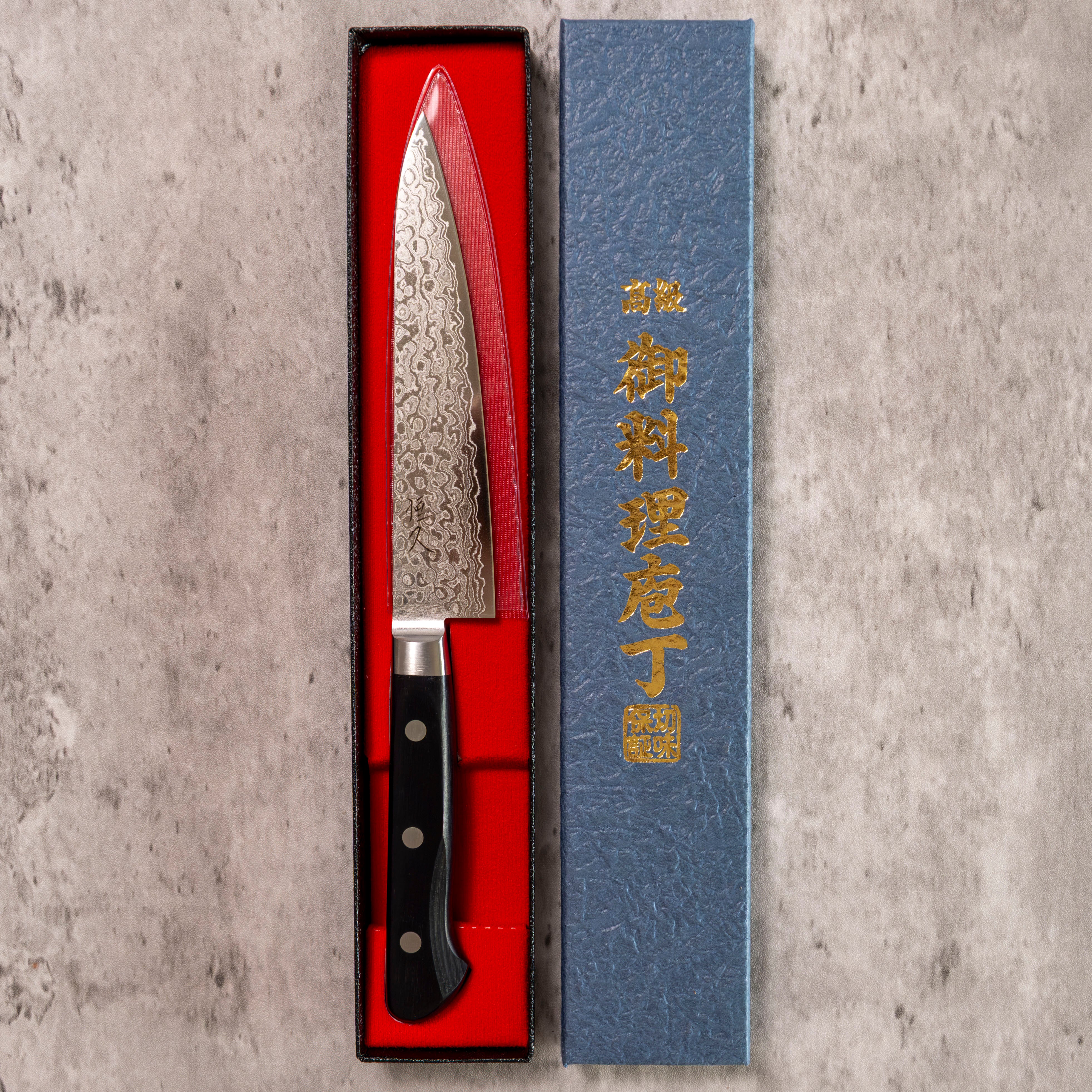
Quick View
11% off


Tsunehisa Damascus AUS-10 135mm Petty
- Sale price
- $166.45
- Regular price
- $184.95
Makoto Kurosaki Damascus Petty 135 mm


Quick View


Makoto Kurosaki Damascus Petty 135 mm
- Price
- $259.95
Nigara Hamono Damascus Anmon Petty 145 mm


Quick View
11% off


Nigara Hamono Damascus Anmon Petty 145 mm
- Sale price
- $472.45
- Regular price
- $524.95
Nigara Hamono Damascus Anmon Kiritsuke Petty 145 mm


Quick View
11% off


Nigara Hamono Damascus Anmon Kiritsuke Petty 145 mm
- Sale price
- $494.95
- Regular price
- $549.95
Makoto Kurosaki Damascus VG-10W Petty 150 mm


Quick View
11% off


Makoto Kurosaki Damascus VG-10W Petty 150 mm
- Sale price
- $296.95
- Regular price
- $329.95
Hatsukokoro Ginsou petty 150 mm (Wenge)


Quick View
11% off


Hatsukokoro Ginsou petty 150 mm (Wenge)
- Sale price
- $197.95
- Regular price
- $219.95
Ryusen Hamono Oukoku-Ryu MT Petty 135 mm


Quick View


Ryusen Hamono Oukoku-Ryu MT Petty 135 mm
- Price
- $619.95
Ryusen Hamono Blazen Gyuto + Petty Combo

Quick View
10% off

Ryusen Hamono Blazen Gyuto + Petty Combo
- Sale price
- $719.91
- Regular price
- $799.90
ALL YOU NEED TO KNOW ABOUT THE PETTY
Deciding on a new knife is not an easy task, with so many options to choose from, how on earth do you know what knife is "the one". We spend most of our time searching for the best Japanese knives available so you can rest assured that once you have found a knife that meets your criteria, it will exceed your expectations.
BENEFITS AND VERSATILITY OF THE PETTY
The petty knife can be thought of as the Japanese equivalent to a western style utility knife. They typically range in size from 90 mm (3.5 inches) to 150 mm (6 inches) and have a slender blade. They are a perfect accompaniment to a Gyuto, Nakiri, Santoku, Bunka, or Kiritsuke and can be used on the board or in the hand for all those small jobs you'll come across.
COMMON USES OF THE PETTY
The Petty is one of the shapes I use most at home now and was one of my most utilized shapes in a professional setting as well. They are great for butchery tasks like breaking down whole chickens, trimming excess fat and connective tissue on larger pieces of meat and for slicing smaller proteins. The slender, short blade makes them really easy to control which helps when trying to get in and around bones and joints. I use mine a lot for breakfast and lunch prep nowadays, they don't take up a lot of space and are great to have accessible when cutting up fruit or cutting a sandwich in half real quick for lunch. They can also be used in hand - Off the board - to trim the tops of Brussels Sprouts or strawberries for example.
ALTERNATIVES TO THE PETTY
While the petty is no slouch in the butchery department, if this is the intended use of your petty, but you're looking for something designed specifically for butchery, you might consider a Honesuki. The Honesuki isn't as good for vegetable prep as the Petty, but it has a thicker spine and is a butchery specific blade.
TIPS FOR CHOOSING YOUR FIRST PETTY
While it can be tempting to purchase a Petty knife based purely on aesthetics (I should know, I've done it once or twice), We would highly recommend considering a few factors before making a decision. Japanese knives are made from a variety of steel types which can impact their maintenance requirements. Knives made from carbon steel can and will rust if not properly maintained, while knives made from stainless steel will remain rust free. All of our knives have their steel type and care instructions listed on the product page so you can make a better informed decision. You can also check out our Knife Maintenance blog post here. The biggest consideration for a petty is the length; Shorter versions in the 90 mm range are the easiest to use off the board, in your hand, but the shorter blade makes it difficult and less efficient to use for other tasks. The longer versions in the 150 mm range are more difficult to use off the board but are great for quick slicing jobs and will better handle any butchery tasks you may encounter.
- Choosing a selection results in a full page refresh.












